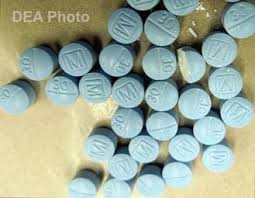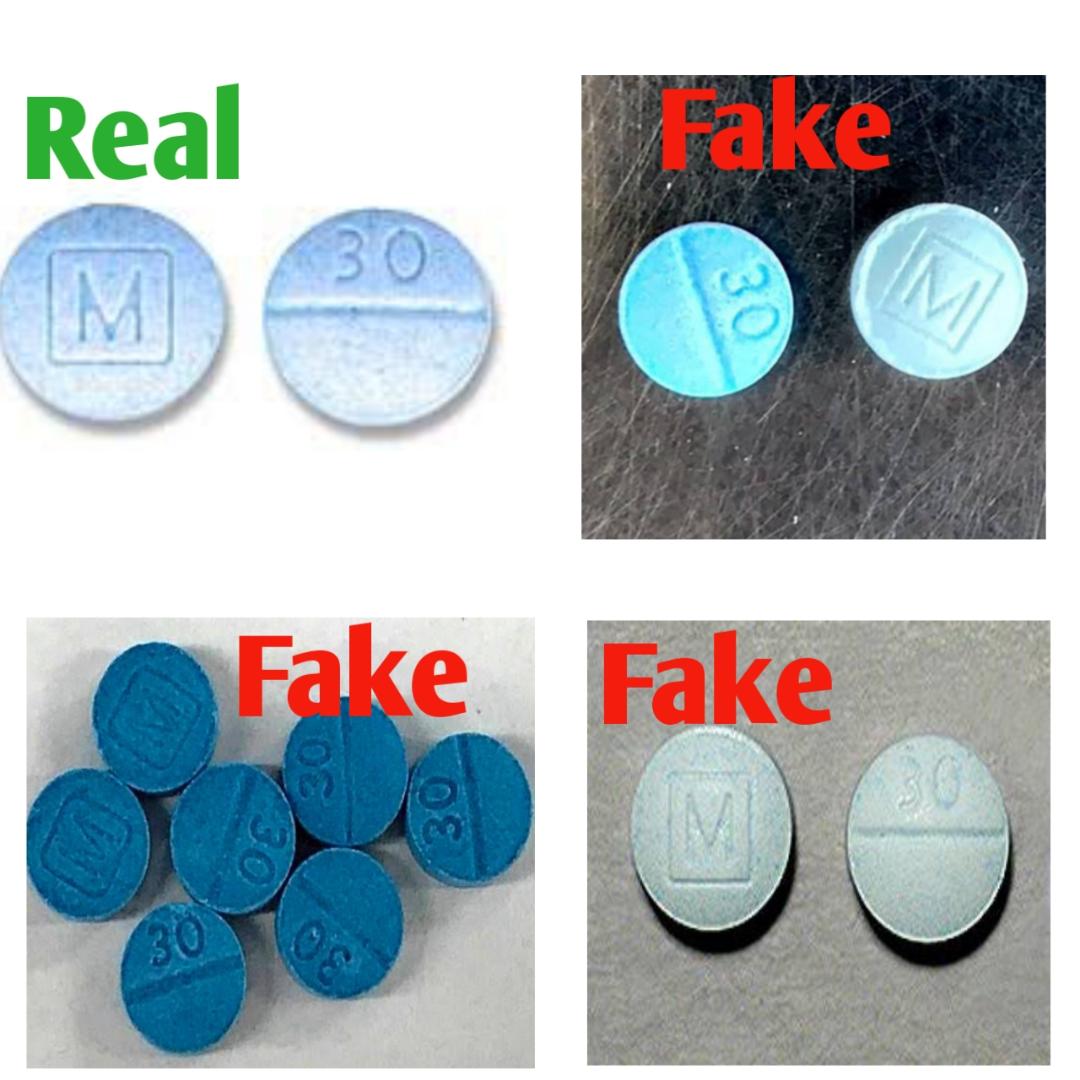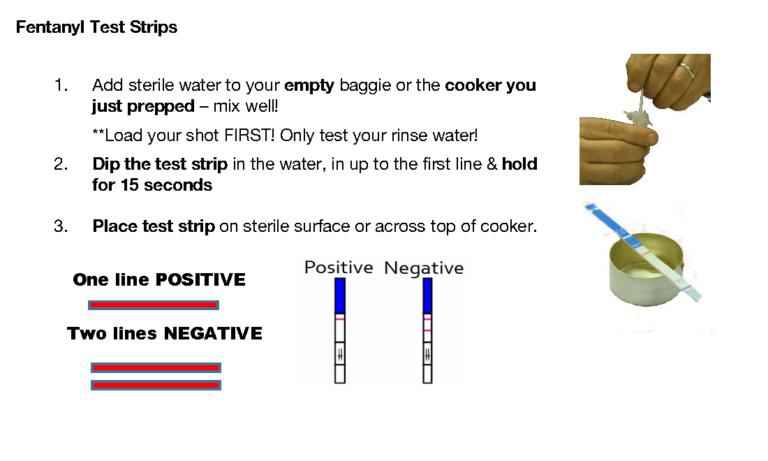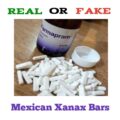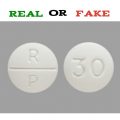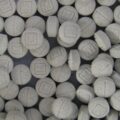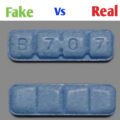What is Mexican oxy?
According to the DEA, Mexican oxy is the name of a counterfeit oxycodone containing fentanyl pill. These blue pills are stamped with an “M” on one side and a “30” on another, so they resemble Oxycodone Hydrochloride 30 mg pills supplied by Mallinckrodt Pharmaceuticals, but they are actually a much more dangerous drug called fentanyl. An extremely potent painkiller, fentanyl is 50 times stronger than heroin. Overdose deaths from fentanyl have risen dramatically, up to 540 percent in three years. According to health authorities the drug is also known on the street as M-Box or Oxy 30.
The drug is reportedly originally produced in China, and its biggest buyers are located in Mexico. Authorities have reported that Mexican oxy has been smuggled into the U.S. through the border, and known cases seem to be focused in the southern area of the country. Arizona seems to be the hot spot for the drug, but they have also been found in other states like Mississippi.
The DEA also reports that pills containing fentanyl or its analogues are manufactured in Canada or Mexico and smuggled across the border, but they’re also made domestically when Americans buy powdered fentanyl and pill presses (often from China) to distribute it themselves.
Why Is Mexican Oxy So Deadly?
Mexican Oxy contains Fentanyl a synthetic opioid painkiller, prescribed to treat severe pain. It is a cousin to heroin, but much deadlier because it is much stronger—50 times more potent than heroin, according to the Centers for Disease Control and Prevention. In fact, rescuers responding to overdose calls have to be careful—just touching it or inhaling it can be deadly.
Fentanyl owes its potency over heroin to differences in chemical structure. Both chemicals bind to the “mu opioid receptor” in the brain. But fentanyl gets there faster than heroin because it more easily passes through the fat in the brain. It also grabs onto the receptor so tightly that it doesn’t take much to trigger the opioid effects in the body.
Individuals who abuse or struggle with addiction to fentanyl put themselves at high risk of overdose. Yearly over 40,000 people die due to overdose on opioids like fentanyl. Learning how to recognize the indications of a fentanyl overdose and getting professional substance abuse treatment may save a life.
Signs and Symptoms of Mexican oxy (Fentanyl) Overdose
Fentanyl overdoses can be deadly, so it is vital that you call 911 right away if you suspect an overdose may have occurred. A person overdosing on fentanyl may present with the following overdose signs and symptoms:
- Pinpoint pupils.
- Weak muscles.
- Extreme sleepiness.
- Loss of consciousness.
- Profoundly slowed heart beat.
- Very low blood pressure.
- Dangerously slowed or stopped breathing.
- Bluish tint to nails and lips.
The effects that a Mexican oxy overdose have on the user’s heart rate and breathing present the biggest risk of death or permanent damage. Even if a user survives a Mexican oxy overdose, these side effects may leave a lasting mark on the user’s body if not treated immediately. For example, respiratory depression can lead to hypoxia, which can cause permanent brain damage in the suffering individual.
Risk Factors
As an extremely potent opioid drug like fentanyl is very carefully prescribed and dosed by medical professionals. Those who abuse fentanyl may use the drug outside of prescription guidelines or without a prescription altogether, which can drastically increase their risk of lethal overdose.
Abusing fentanyl can lead the user to build up a high tolerance for the drug, meaning they will need increasing amounts in order to get the same effects. For some opioid effects, tolerance develops non-uniformly, which can heighten overdose risks. For example, an individual may begin to escalate their fentanyl use due to a build-up of tolerance to effects such as pain relief and euphoria but, in doing so, heightened their risk of experiencing overdose effects less impacted by tolerance, such as respiratory depression.
In addition to the dangers imposed by differential tolerance development, relapsing into abuse after an extended period of abstinence—and an accompanying drop of drug tolerance—presents another major risk of overdose. When a person is abstinent for a while, their tolerance diminishes, meaning the high doses they were using before becoming abstinent may overwhelm their system should they be used again.
How To Spot A Mexican Oxy
By looking at a Mexican oxy and a genuine M30 oxycodone pill, even long-time users of prescription drugs find it very difficult or almost impossible to tell Mexican oxy apart from the real M30 pills. Despite the misleading term “oxy” in the name, Mexican oxy is not oxycodone. While oxycodone is a semisynthetic drug, produced in a controlled environment and therefore more predictable when it comes to its side effects, Mexican oxy is the complete opposite. The best way to pick out a fentanyl tainted pill or Mexican oxy is by using fentanyl testing strips.
What are fentanyl testing strips?
Originally intended for urine drug tests, fentanyl testing strips are being used to test the presence or absence of fentanyl and many fentanyl analogs (very closely related drugs) in the unregulated drug supply. Here is how fentanyl testing strips are used.
What to Do If You Overdose on Mexican oxy (Fentanyl)
The first and most important step to take if a Mexican oxy overdose is suspected is to call 911 for emergency medical help. Medical professionals can help minimize damage caused by a fentanyl overdose and may save the person’s life. While waiting for an emergency crew to arrive, closely supervise the overdosing individual, making note of their condition to report to the emergency responders.
Never leave an overdosing individual alone; they should be kept awake and upright if possible.
If you suspect a fentanyl overdose in yourself, call 911 right away, tell them the situation, and try to stay conscious as long as you can until they arrive. If you are able, remain sitting upright, but if this is not an option, lay down on your side and wait for emergency crew to escort you to the hospital for more extensive treatment.
Once medical care arrives, the person will be carefully monitored for any irregularities in breathing, heart rate, blood pressure, and body temperature. Fentanyl overdose cases may necessitate the use of naloxone, which is a medication that blocks opioid receptors and can quickly stop some of the dangerous opioid overdose effects.
Fentanyl overdose can be deadly; seeking immediate medical treatment is the best way to minimize the associated risks. One of the best ways to altogether avoid a fentanyl overdose is to get help with a fentanyl abuse problem as soon as possible.
How To Prevent Mexican oxy Overdose
Mexican oxy overdose can be prevented. By getting professional help for a fentanyl abuse or addiction problem, a person can drastically reduce their risk of overdose and its consequences. Substance abuse treatment programs help many individuals overcome their substance abuse problems with education, counseling, relapse prevention skills, and therapy.
Treatment programs come in many forms to fit each individual’s recovery needs. Some programs specialize in certain populations, such as particular age ranges, genders, sexual orientations, incomes, and substances of abuse.
In general, treatment programs will take place in the following settings:
Inpatient treatment: The recovering individual stays at a facility while engaging in treatment, offering an escape from the stressors of home life that may have contributed to the fentanyl abuse problem.
Outpatient treatment: The recovering individual works through treatment while living at home, checking in on a regular basis with the facility for treatment sessions.
Often incorporated into the framework of formal treatment programs, self-help groups also continue to be a resource used by many in recovery after the initial treatment period has ended. Many of these fellowships are founded on the 12-step principles first outlined through Alcoholics Anonymous. Those in recovery for fentanyl abuse can work through the 12 steps of recovery while building a network of sober peers through programs such as Narcotics Anonymous. Regular attendance at these group meetings helps encourage sobriety as recovering individuals work through formal treatment, and later, as part of a solid aftercare regimen. SEE : M 30 Pill Fake vs Real

